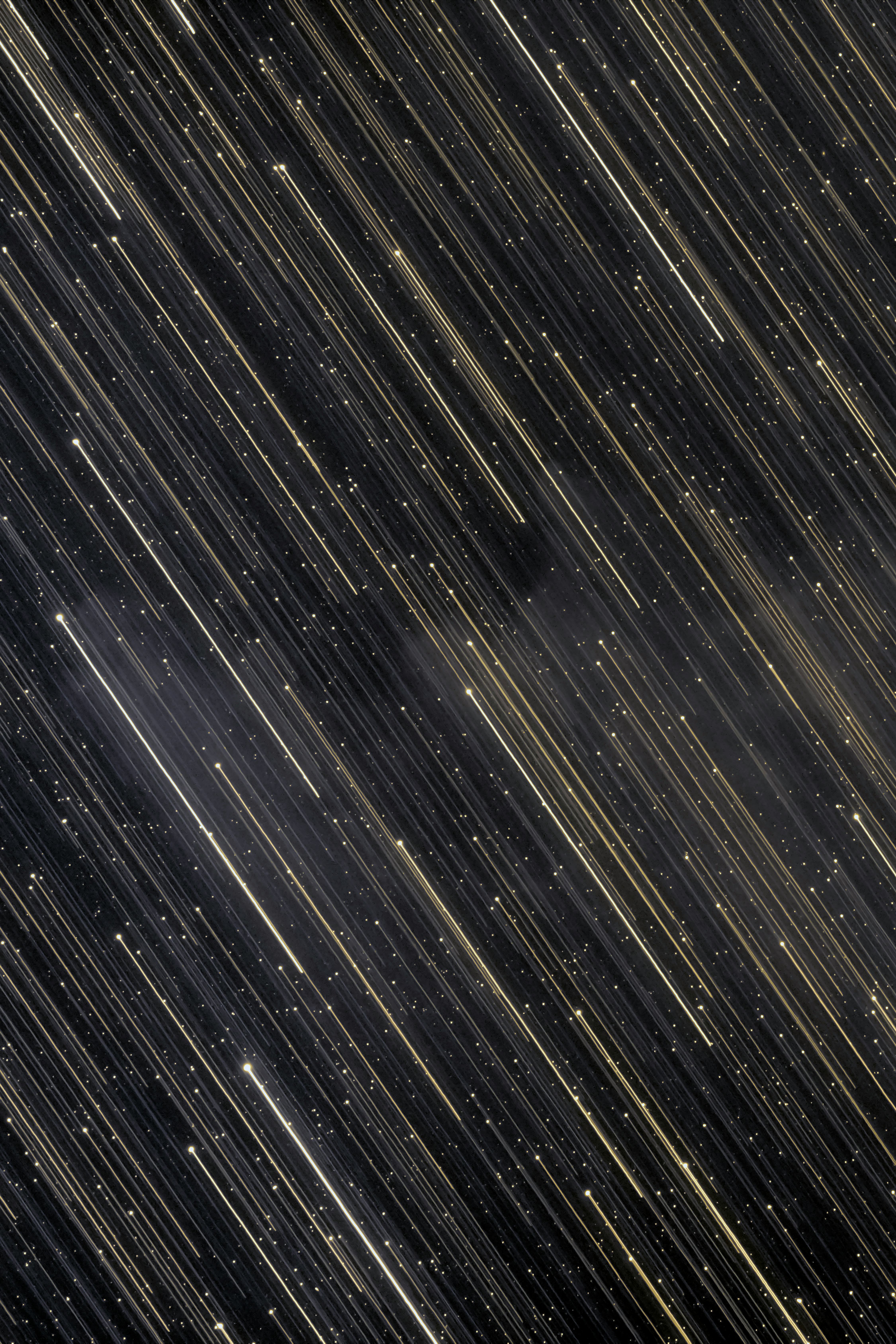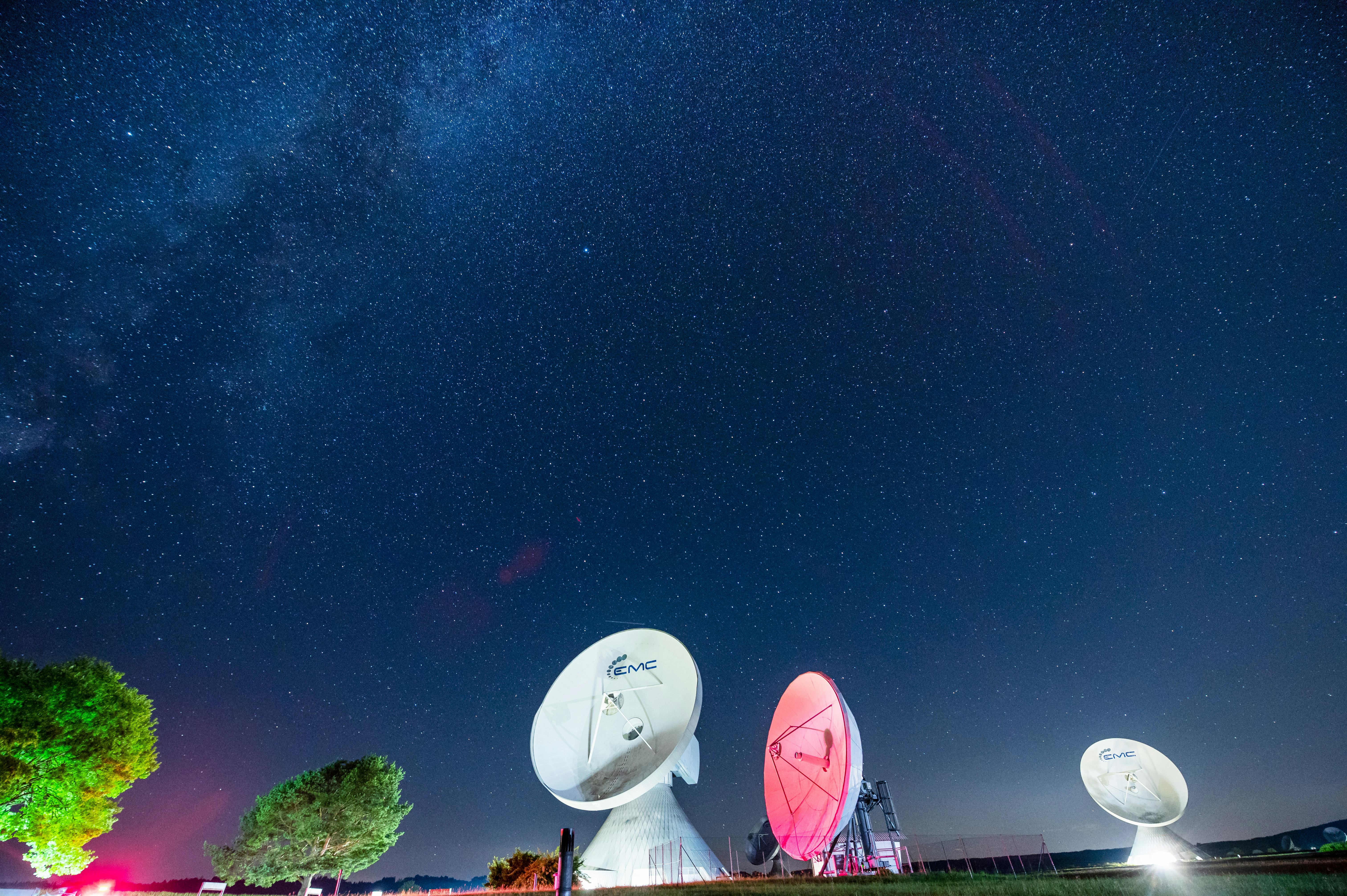
The arrival of a new year isn’t just something to be measured in terms of days and resolutions we’ve started to forget. The Earth is set in another trip around the Sun, and getting ready to pass through the same spots it visited last year. That doesn’t mean it’s stuck in a rut — it means it’s time to start looking for meteor showers, as we pass through the streams of meteors left behind by our interplanetary neighbors.
The northern hemisphere’s biggest meteor showers — the Quadrantids, the Perseids, and the Geminids — come in January, August, and December, but there are plenty of other shows that will make it worth your while to stay up late — or get up very early. Here are the dates, times, tips, and tales of the biggest meteor showers coming your way in 2023.
Quadrantids 2023: Dates, Times, and How to See
The Quadrantids kick off the year starting on New Year’s Day in 2023. These meteors are the debris of the object called 2003 EH1 — although no one is quite sure what it is. It may be the core of a dead comet, or a “rock comet,” an asteroid that crackles and breaks down to dust as it bakes while passing close to the Sun.
This year, the Quadrantids will last until January 5, but they’ll be at their strongest peak on the night of January 3-4. The meteor shower is estimated to be at its maximum peak around 10 p.m. Eastern. With clear, dark skies and no moon, you might expect up to 100 meteors per hour to come plowing out of Bootes.
Unfortunately, there will be a Full Moon just a few days later on January 6 — so all but the brightest meteors streaking through the January sky might be blotted out.
The peak should last for four to six hours, so be sure to let your eyes adjust to the darkness while you have the chance.
Lyrids 2023: Dates, Times, and How to See
The Lyrids ring (strum? play??) in spring in the second half of April this year. One of the oldest consistently observed meteor showers—dating back to the 687 BCE Zuo Zhuan of Spring and Autumn period China — the Lyrids are the debris cast off the long-period comet C/1861 G1 Thatcher, which was discovered on its nearest approach to the Sun in 1861 but won’t return until 2283.
The Lyrids are much stronger than the average long-period comet’s meteor shower because, despite its 415-year orbit, it’s much more frequent than other long-period comets; the longest, Hyakutake, has an orbital period of about 70,000 years.
The meteor shower will begin on April 16 and continue until April 25, and peak on the night of April 22 to 23, a night just before the new moon when the Moon will set early in the evening. Expect around 20 meteors per hour at the peak, just after 10 PM Eastern. About a quarter will be so-called Lyrid fireballs, which leave behind a bright trail of ionized gas.

Eta Aquariids 2023: Dates, Times, and How to See
The Eta Aquariids are one of the strongest meteor showers in the Southern Hemisphere, but they’re still stunning in the northern half of the world, too. Splashing through the sky from the direction of the constellation Aquarius between April 19 and May 28, the meteors will reach their peak intensity around 11 a.m. Eastern. If you’re in the Americas, try to catch them right before dawn on the mornings of May 5-7 — but even then, the Moon will be full on May 5, so they may be washed out by its bright face.
In the Southern Hemisphere, you might be able to see 60 meteors per hour. In the Northern Hemisphere, it might be a a third to a sixth as many, with more the further south you go.
The Eta Aquariids have the honor of being the bigger of the two meteor showers cast off from Halley’s Comet. Even though it’s currently well past Neptune and won’t swing by Earth again until 2061, debris left behind in its orbit when we pass through causes the shower. And because Halley’s Comet is in a retrograde orbit — it’s going the wrong way compared to the planets — we pass through it again in October, causing the minor Orionids meteor shower.
Delta Aquarids 2023: Dates, Times, and How to See
The Delta Aquariids come splashing out of Aquarius in the height of summer, from July 12 to August 23. This exceptionally long meteor shower falls without a substantial climax, although a peak is predicted after midnight Eastern on the night of July 28-29. Like the Etas, though, that peak will be hampered by the appearance of a full supermoon just a few days later, on August 1.
Luckily for viewing, they’ll continue steadily through August and overlap with the Perseids. And like the Eta Aquariids, they’re more spectacular the further south you are.
The Delta Aquariids are the debris from Comet 96P/Machholz, one of the oddest comets, which will have passed through its closest graze of the sun in January. 96/Machholz passes closer to the sun than almost any other comet, and has an unusually eccentric and off-plane orbit. And in 2008, astronomers noted that 96P/Machholz has a weird composition: its tail was uniquely lacking in carbon — which led to suggestions that it might have been captured after forming around another star, or that it came from the Oort Cloud, or that it’s been altered by its exposure to the extreme heat of the sun.
Perseids 2023: Dates, Times, and How to See
The Perseids this year are going to take your head off [freeze you in your tracks?]. Unlike last year, when a full moon interfered with the long meteor shower’s peak, the moon will be waning towards a new moon at their predicted apex, just before 3 a.m. Eastern on August 13.
The summer’s longest and most exciting fireworks show, the Perseids will hit up to 90 meteors an hour, with colorful fireballs and many, many persistent traces as the large particles of debris from Comet 109P/Swift-Tuttle slice into the atmosphere. As their name suggests, they’ll be coming from the direction of the constellation Perseus.
109P/Swift-Tuttle is itself far and away the biggest asteroid or comet to regularly cross paths with the Earth, which has led to it being named one of the most dangerous objects known. But at the moment there’s little to fear — Swift-Tuttle is headed out into the outer solar system after a visit in 1992, and won’t be back until 2126.
The Perseids, like most meteor showers, are best seen in the hours before dawn, when the sky above you is pointed directly into the path of the Earth’s orbit — and thus directly into the path of the Perseids.
Leonids 2023: Dates, Times, and How to See
The Leonids come roaring through the night sky all through November this year, starting on November 3 and continuing through December 2. Their peak is expected just after midnight — 12:33 Eastern — on November 18, although the pre-dawn morning of the 17th should be almost as good.
Leonids vary year-over-year much more than other meteor showers—so much so that astronomers lost sight of the comet that causes it, 55P/Tempel-Tuttle, for a century. The comet was found twice the first time — once by the French astronomer William Tempel in 1865, and then again 17 days later in the United States by Horace Tuttle, who hadn’t yet heard the news. But when serious showers failed to appear the next time it passed by — in 1899 — or the time after that — 1932 — observatories found they had better things to do with their time.
It wasn’t until 1965 that it was spotted again — and in 1966, thousands of meteors fell each minute for 15 minutes on the morning of November 17. So make a special note for November 2034, when the Leonids should pounce with their biggest show in 33 years, a cyclonic peak with hundreds of meteors every hour.
2023 might not be nearly as spectacular, but with little interference from a first-quarter Moon that sets in the evening, it should still be a real circus in the sky.
Geminids 2023: Dates, Times, and How to See
With their bold peaks in the cold December night sky, the Geminids will have you feeling like you’re seeing double — but that’s just their expected 150 meteors per hour, the strongest show in the northern hemisphere.
This year, the Geminids will span from December 7 to December 17, and you’re in luck for viewing conditions. Their peak will be in the evening of December 13, one day after a new Moon — so the sky should be suitably dark for an exciting show.
This meteor stream is the result not of a comet but, like the Quadrantids, of a “rock comet,” 3200 Phaethon. As Phaethon approaches the sun — just 0.14 AU, far within the orbit of Mercury — it brightens, heats up, and bakes, getting hot enough to vaporize sodium, which likely leads of bits of the asteroid burning up and flaking off like a comet.







